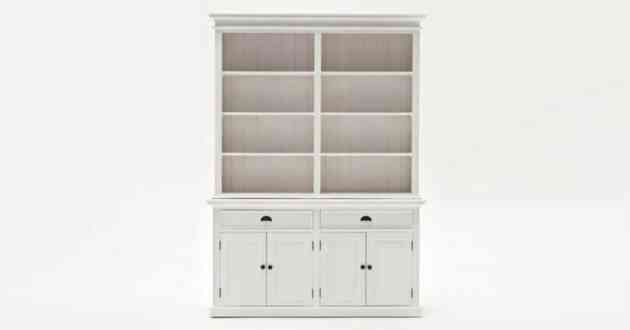They Made Their Bed And Even Slept In It
All about Colonial Beds.
They made their bed and even slept in it
Joseph Parish
Before we can discuss how a bed was made in colonial times, we need to look at the history of this relaxing invention. Beds tend to trace their roots back into thousands of years in history and across a wide number of national divides. From the various artifacts and documents which remain from our ancestors, anthropologists have pieced together a firm understanding of beds in general. Through the examination of beds which have survived the ages, we can gather not only the transformations which have taken place, but also the changes in materials used to build a bed.
Beds have influenced people of all walks of life from the poorest of society to the abodes of royalty. We have been fortunate to encounter a number of well-preserved beds over the years, along with a few remains of the grass filled pits which were employed during the Early Neolithic Age. We can verify these beds from the earliest primitive drawings discovered on several cave walls. During the late Neolithic Age, we encounter several stone beds from the Skara Brae prehistoric village in Scotland. These stone beds provided a measure of comfort by incorporating animal skins and layers of large ferns.
In later ages, we encounter the wooden Egyptian bed with its platform of woven mat complimented by its gold sheaths of animal shaped legs. With the approach of the Bronze Age, mankind saw a considerable translation on bed designs. As in ancient Egypt, the simple bed was constructed for the common people reserving the more elaborate versions for the Pharaohs or members of the wealthy class. The progression of mattresses evolved from stone backs to the wooden slats, covered in woven mats and cushions made from a soft material, and bedding of linen.
Metal beds become popular during the Iron Age when civilizations began employing metal into various aspects of their lives. Metal was used for tools, weapons and furniture. A better built bed was now in the works. The Romans produced many forward-thinking bed designs during their rule. They created elaborate supporting platforms with an outer metal frame and a metal weaved cross pattern for supporting the straw or feather filled mattresses. Wool blankets would have kept the occupants warm on cooler nights.
Now we enter the rope bed, and the topic of this rant. Pegs composed the majority of this type of beds corner joinery. The builder of the bed would pull the rope through holes along the sideboard and the footboards of the bed in order to create the central platform for the bed. Many have heard the expression; “sleep tight” which referred to the maintenance necessary to keep the ropes tightened.
In this brief history of beds, we have seen how they were derived from a stone slab to the colonial representation seen at the John Dickinson Plantation in Dover Delaware. There are many other bed styles to be studied from history, however our intent was based solely upon the rope frame construction employed during our nation’s colonial days. When we review bed construction in the early years of our country, we encounter several different kinds of bed building. We have the elaborative kind featured in the famous Chippendales, or Sheratons of the 18th century, and we have the simpler versions of which we are concerned with here. Whether a colonial house was large or small they failed to have a considerable amount of furniture in them.
A rope bed was far from being maintenance free. When the early bed makers made a rope bed for a client the first requirement was naturally an adequate amount of strong rope made generally from hemp. Linen could be used, but it tends to stretch too much to be practical. The diameter of the rope being used should always be smaller than the diameter of the holes found in the rail. In addition, you must have a straining wrench to tighten the ropes properly. Usually, the bed maker will start the process of tying a simple loop knot on one end of the rope, and tape up the other end so it will not fray as you work it through the holes. As the builder starts at the left hole at the head of the bed, he or she will start stringing the rope back and forth to the length of the bed. They will then string the rope through the right hole in the head, and proceed to carry it under the rail, and in the post on the rail. This process is repeated until the rope bed is completed.
They end the process by tightening the rope with the straining wrench. There are still some craftsmen who will build these beds in the old fashion manner. Keep in mind, however, rope beds have a habit of stretching over a period of time, and will require an occasional tightening.
Visit me at www.wordwriter.info



